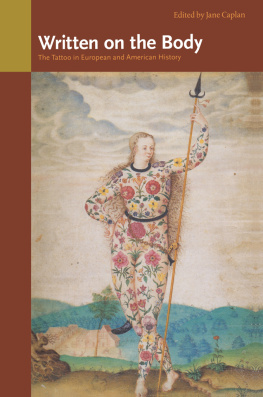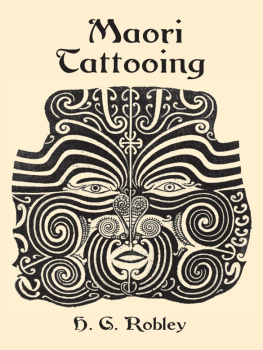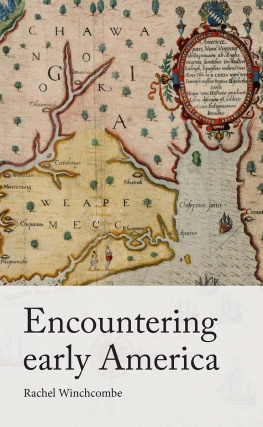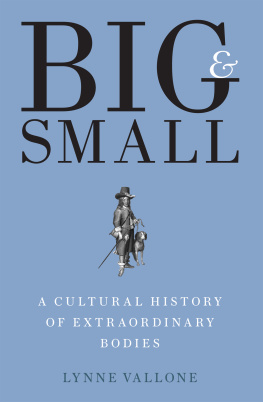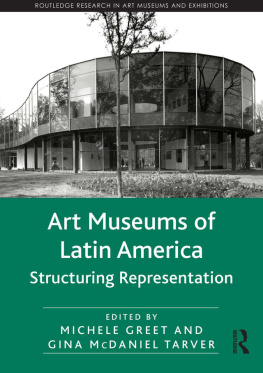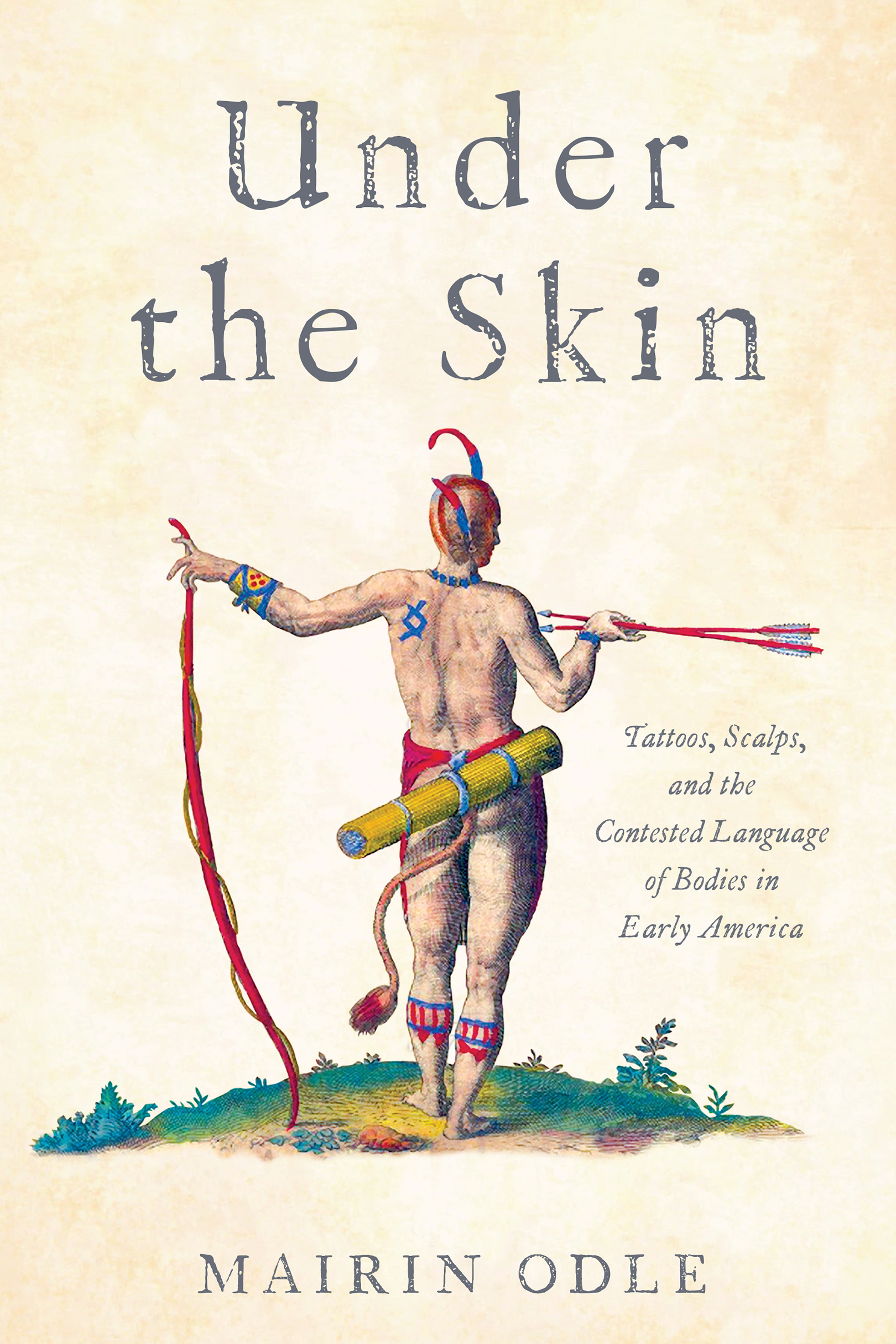Mairin Odle - Under the Skin: Tattoos, Scalps, and the Contested Language of Bodies in Early America
Here you can read online Mairin Odle - Under the Skin: Tattoos, Scalps, and the Contested Language of Bodies in Early America full text of the book (entire story) in english for free. Download pdf and epub, get meaning, cover and reviews about this ebook. City: Philadelphia, year: 2022, publisher: University of Pennsylvania Press, genre: History. Description of the work, (preface) as well as reviews are available. Best literature library LitArk.com created for fans of good reading and offers a wide selection of genres:
Romance novel
Science fiction
Adventure
Detective
Science
History
Home and family
Prose
Art
Politics
Computer
Non-fiction
Religion
Business
Children
Humor
Choose a favorite category and find really read worthwhile books. Enjoy immersion in the world of imagination, feel the emotions of the characters or learn something new for yourself, make an fascinating discovery.

- Book:Under the Skin: Tattoos, Scalps, and the Contested Language of Bodies in Early America
- Author:
- Publisher:University of Pennsylvania Press
- Genre:
- Year:2022
- City:Philadelphia
- Rating:3 / 5
- Favourites:Add to favourites
- Your mark:
Under the Skin: Tattoos, Scalps, and the Contested Language of Bodies in Early America: summary, description and annotation
We offer to read an annotation, description, summary or preface (depends on what the author of the book "Under the Skin: Tattoos, Scalps, and the Contested Language of Bodies in Early America" wrote himself). If you haven't found the necessary information about the book — write in the comments, we will try to find it.
Under the Skin investigates the role of cross-cultural body modification in seventeenth-century and eighteenth-century North America, revealing that the practices of tattooing and scalping were crucial to interactions between Natives and newcomers. These permanent and painful marks could act as signs of alliance or signs of conflict, producing a complex bodily archive of cross-cultural entanglement.
Indigenous body modification practices were adopted and transformed by colonial powers, making tattooing and scalping key forms of cultural and political contestation in early America. Although these bodily practices were quite distinct--one a painful but generally voluntary sign of accomplishment and affiliation, the other a violent assault on life and identity--they were linked by growing colonial perceptions that both were crucial elements of Nativeness. Tracing the transformation of concepts of bodily integrity, personal and collective identities, and the sources of human difference, Under the Skin investigates both the lived physical experience and the contested metaphorical power of early American bodies.
Struggling for power on battlefields, in diplomatic gatherings, and in intellectual exchanges, Native Americans and Anglo-Americans found their physical appearances dramatically altered by their interactions with one another. Contested ideas about the nature of human and societal difference translated into altered appearances for many early Americans. In turn, scars and symbols on skin prompted an outpouring of stories as people debated the meaning of such marks. Perhaps paradoxically, individuals with culturally ambiguous or hybrid appearances prompted increasing efforts to insist on permanent bodily identity. By the late eighteenth century, ideas about the body, phenotype, and culture were increasingly articulated in concepts of race. Yet even as the interpretations assigned to inscribed flesh shifted, fascination with marked bodies remained.
Mairin Odle: author's other books
Who wrote Under the Skin: Tattoos, Scalps, and the Contested Language of Bodies in Early America? Find out the surname, the name of the author of the book and a list of all author's works by series.



